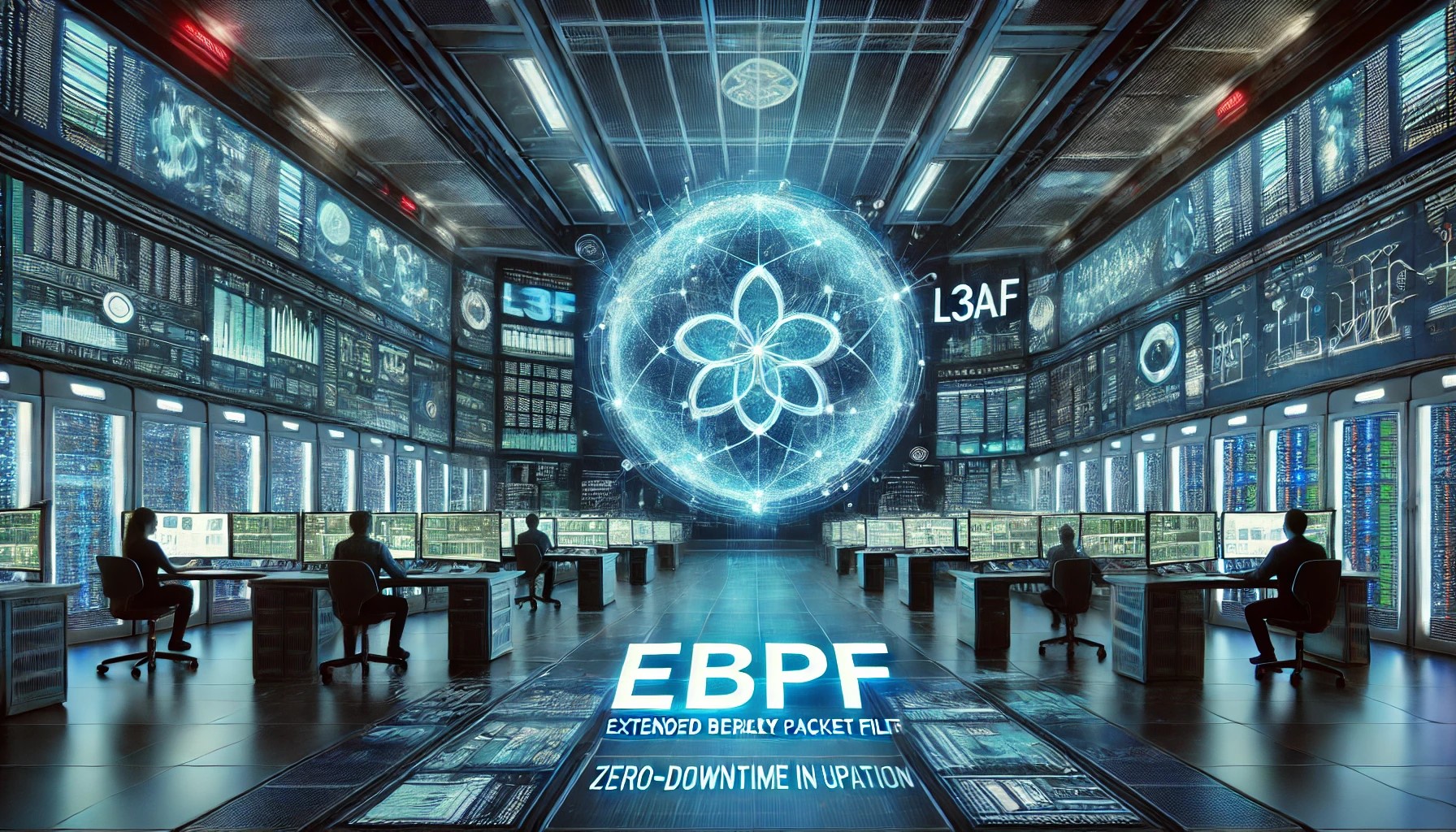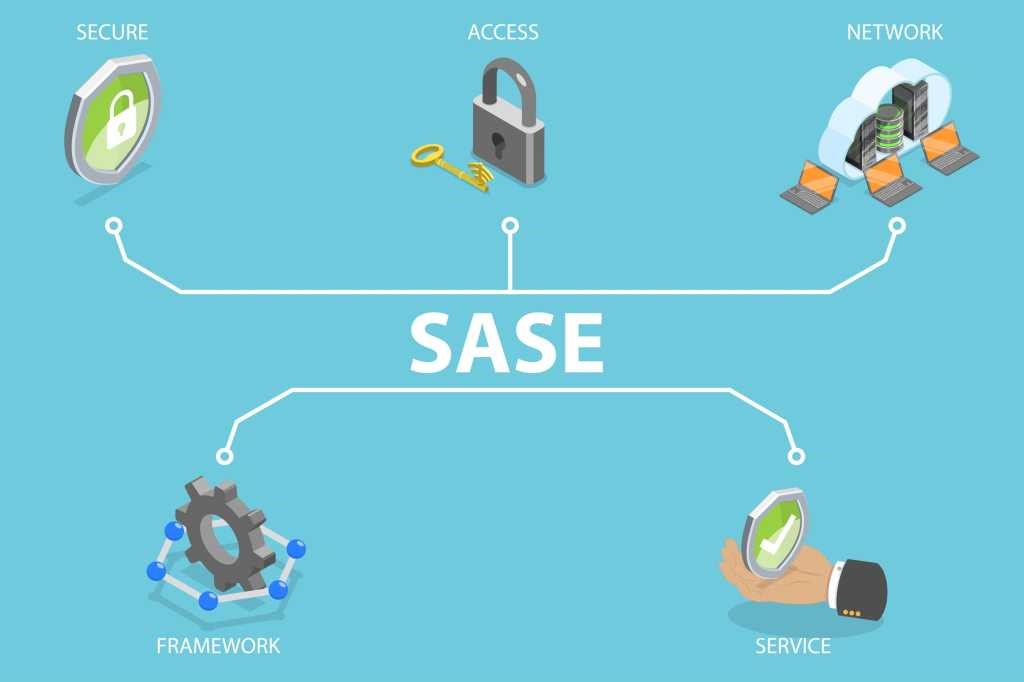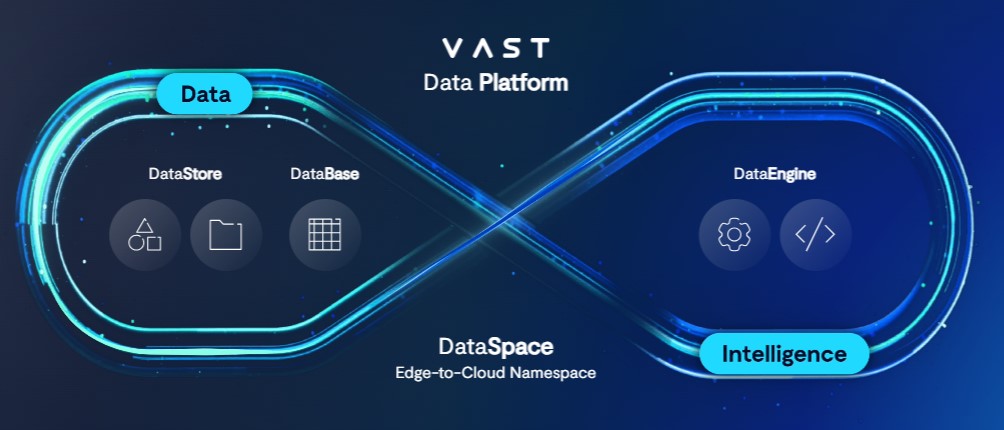VergeIO Expands VergeFabric Network Virtualization Capabilities
VergeIO aims to attract companies dissatisfied with Broadcom's VMware changes. Its latest VergeFabric SDN release introduces enhanced BGP routing, security monitoring, and traffic management features.

Figure 1. VergeIO Enhances Virtualization Features of VergeFabric Network.
VergeIO is aiming to disrupt the virtual infrastructure market with its unique approach to virtualization and software-defined networking. Figure 1 shows VergeIO Enhances Virtualization Features of VergeFabric Network.
Founded in 2010, VergeIO isn’t a startup, but it has remained relatively under the radar. However, with the uncertainty following Broadcom’s VMware acquisition and reports of customer departures, VergeIO is gaining traction as an alternative solution.
At the heart of its offering is VergeOS, a platform that diverges from traditional virtual infrastructure models like VMware. Instead of piecing together separate components such as a hypervisor, storage, and networking, VergeOS unifies them into a single, cohesive codebase.
One of these integrated elements is VergeFabric. This week, VergeIO announced an update to VergeFabric, introducing advanced networking features that go beyond basic virtual switching.
“If you look at the VMware stack, it consists of ESXi, vSAN, and NSX, all loosely integrated through vCenter,” said George Crump, chief marketing officer at VergeIO, in an interview with NetworkWorld. “Our approach is fundamentally different—we’ve built a single, streamlined, and highly efficient codebase where networking, storage, hypervisor, and even GUI functions are fully integrated.”
Inside VergeIO and Its Deployment
While VMware relies on the ESXi hypervisor, VergeIO is built on a heavily modified version of the open-source KVM hypervisor. Unlike standard KVM implementations, VergeIO has made significant proprietary enhancements while still maintaining ties to the open-source community.
VergeIO's deployment is currently 70% on-premises and 30% through bare-metal service providers, with a strong presence among cloud service providers that host applications for their customers. Due to its deep integration with physical resources, the software requires direct hardware access.
“Since November of 2023, the typical customer we’re attracting is someone who had a heart attack after seeing their VMware renewal license,” said George Crump, chief marketing officer at VergeIO. “The more of the stack you own, the better our story becomes.”
A 2024 report from Data Center Intelligence Group (DCIG) recognized VergeOS as one of the top five alternatives to VMware.
“VergeIO begins by installing VergeOS on bare-metal servers,” the report noted. “It then takes control of the servers' hardware resources, catalogs them, and makes them available to virtual machines (VMs). By directly managing the server’s hardware, VergeOS optimizes these resources in ways that other hypervisors often cannot.”
Advanced Networking Features in VergeFabric
VergeFabric is the networking component within the VergeOS ecosystem, offering software-defined networking (SDN) capabilities as an integrated service, rather than as a separate virtual machine or application.
Exclusively available as part of VergeOS, VergeFabric cannot be deployed as a standalone product or integrated with other hypervisors like VMware ESX. The latest release of VergeFabric goes beyond basic network virtualization, introducing a more comprehensive set of networking features. These include:
- BGP Routing: Allows defined routes between different physical and virtual data centers.
- Comprehensive Firewall Functionality: Provides access control and security features.
- DNS Services: Integrated directly into the platform for seamless management.
- Security Monitoring: Includes port mirroring for monitoring east-west and north-south traffic, aiding in security analysis.
- Traffic Management: Features rate limiting for better control of network resources.
Multi-Tenancy and Network Segmentation for Virtual Data Centers
A key feature of VergeFabric is its approach to multi-tenancy, which enables the creation of virtual data centers. This feature is especially valuable for service providers who need to isolate customer environments while sharing physical infrastructure.
A key feature of VergeFabric is its approach to multi-tenancy, which enables the creation of virtual data centers. This feature is especially valuable for service providers who need to isolate customer environments while sharing physical infrastructure.
This segmentation occurs automatically at the network level. As soon as a virtual data center is created, it’s automatically isolated from others. The platform supports an unlimited number of internal and external networks, offering granular control over communications.
Looking ahead, VergeIO plans to integrate more advanced security features and artificial intelligence into the platform in future releases. Crump mentioned that threat-detection capabilities will leverage telemetry data from the hypervisor, network, and storage components.
“What we’re really trying to do now is take advantage of the fact that we have telemetry data from areas that are typically separate,” he said.
Source: NETWORK WORLD
Cite this article:
Priyadharshini S (2025),VergeIO Expands VergeFabric Network Virtualization Capabilities,AnaTechMaz, pp.117















